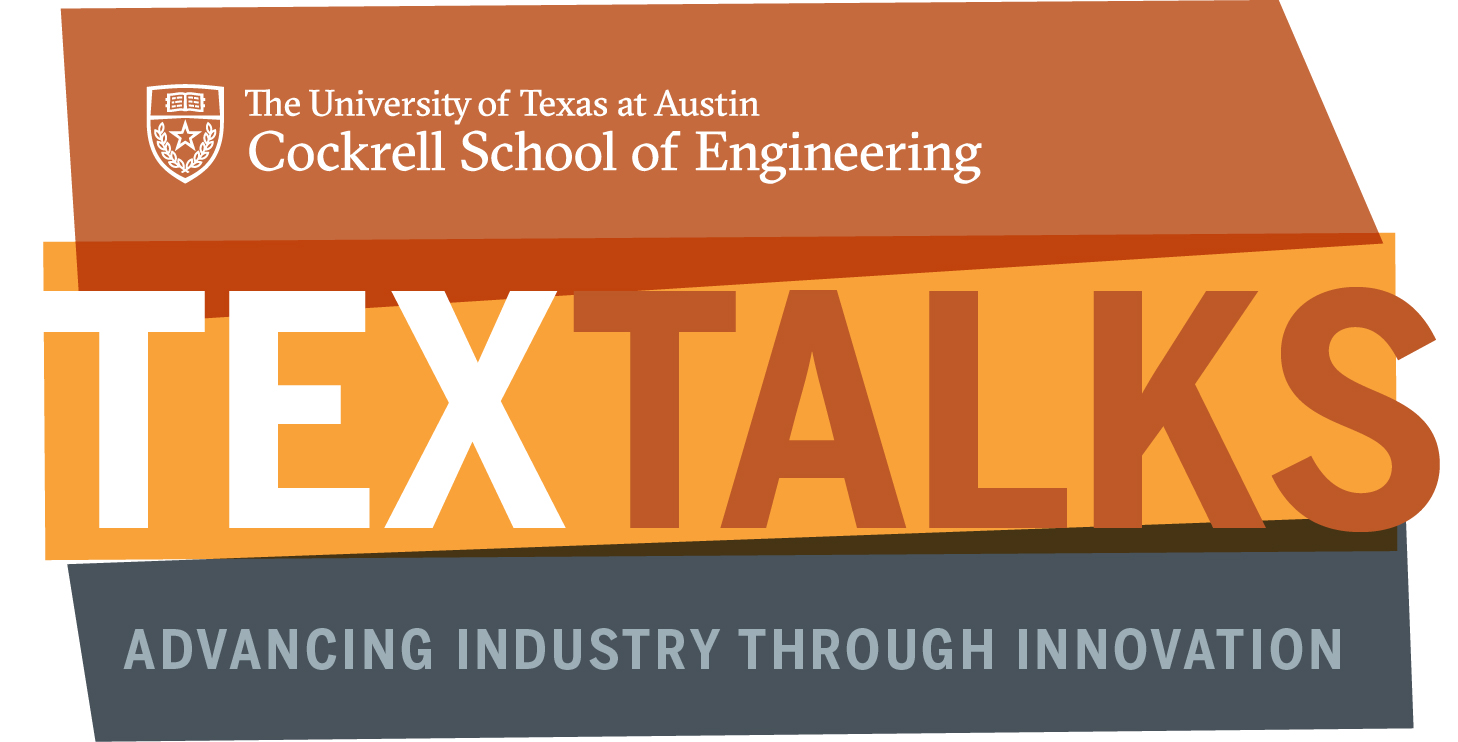
- This event has passed.
Texas Engineering TexTalks: Advancing Industry Through Innovation Webinar with Eric Bickel on “COVID-19 – What is the data telling us?”
August 28, 2020 @ 10:00 am - 11:00 am
Free
Over the last six months, we have witnessed policymakers grappling with how to respond to the spread of COVID-19 across the globe. In the United States, policymakers at local, state, and federal levels have faced difficult decisions regarding the degree to which citizens should interact with each other, how much of the economy should be curtailed, and how to allocate scarce testing and hospital resources. These decisions have been informed and guided by a set of epidemiological models.
In this talk, we analyze the performance of the models used to forecast the spread of COVID-19 and relate differences in performance to differing modeling approaches and structures. For example, some COVID-19 models are “bottom-up” and model the interactions between individuals and communities in detail (i.e., SIR models). While other models are “top-down” and attempt to capture the high-level dynamics of the spread. Some models include uncertainty, while others are deterministic. Certain models are designed to inform policy decisions, while others are meant to provide forecasts.
We compare the performance of these models to a simple (two-equation) model that we have used to forecast the spread of COVID-19 at the national, state, and local level. Surely large models with hundreds of equations backed by a team of experts should outperform a simple model that has three inputs and runs in Excel. As we discuss, a few COVID-19 models do achieve this level of success, but most do not.
We will discuss this apparent paradox and the implications for decision analysis.